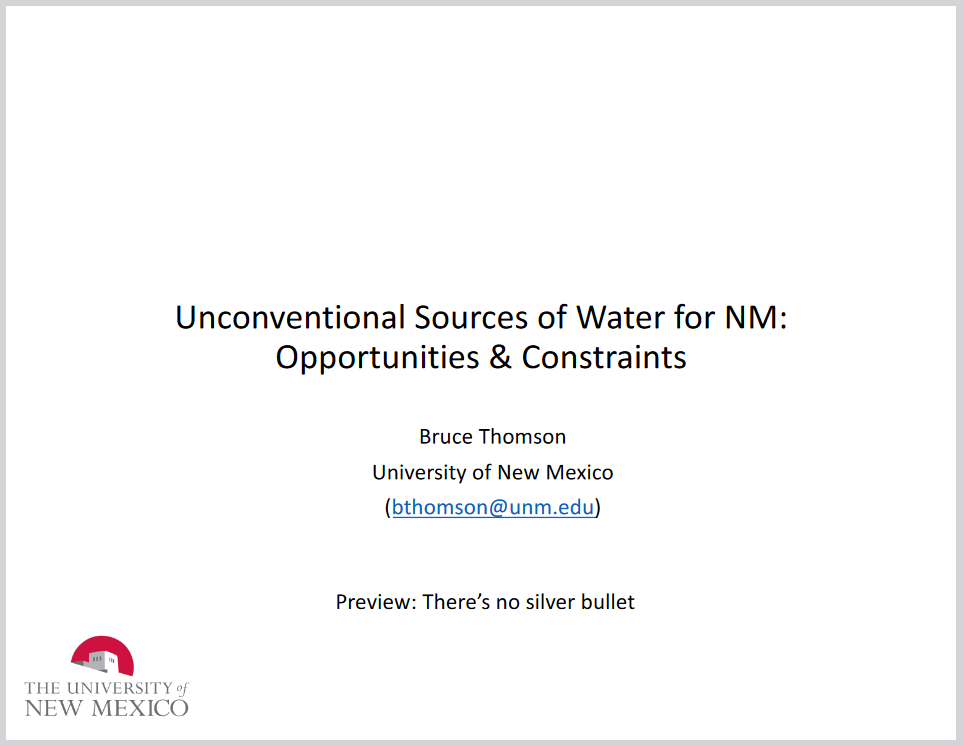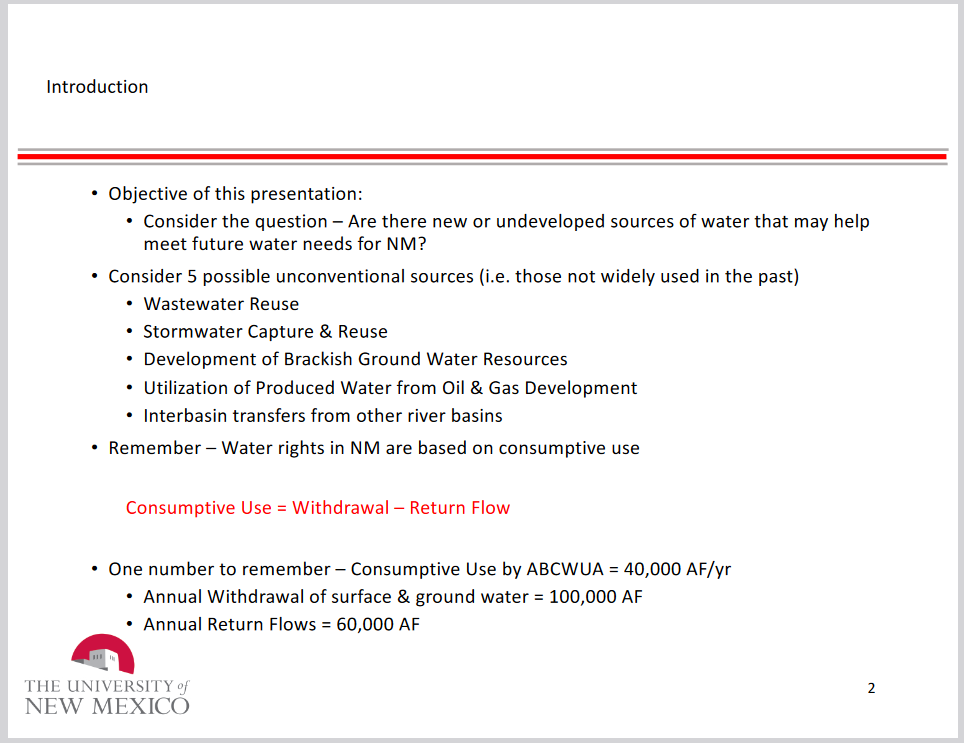Cloud Seeding to Enhance Precipitation June 15, 2024
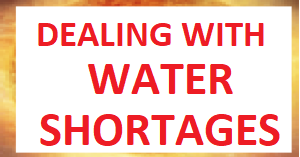
Global Warming and Population Growth, create a need for more Water.
There are a number of different ways to address a shortage of water:
-
Get equal value from less water (Conservation)
-
Find more water from surface and groundwater sources
-
Have more precipitation (Increase the velocity of water)
In this article, we discuss “Finding More Water by Using Cloud Seeding to Increase Precipitation”.
Last Saturday we published an article based on a talk by Dr. Bruce M. Thomson, Regents Professor of Civil Engineering at the University of New Mexico. He gave a very good presentation on obtaining more water from brackish water, oilfield water, and importing water. You can access that article HERE.
Let us get started with today’s article on using cloud seeding to increase precipitation.
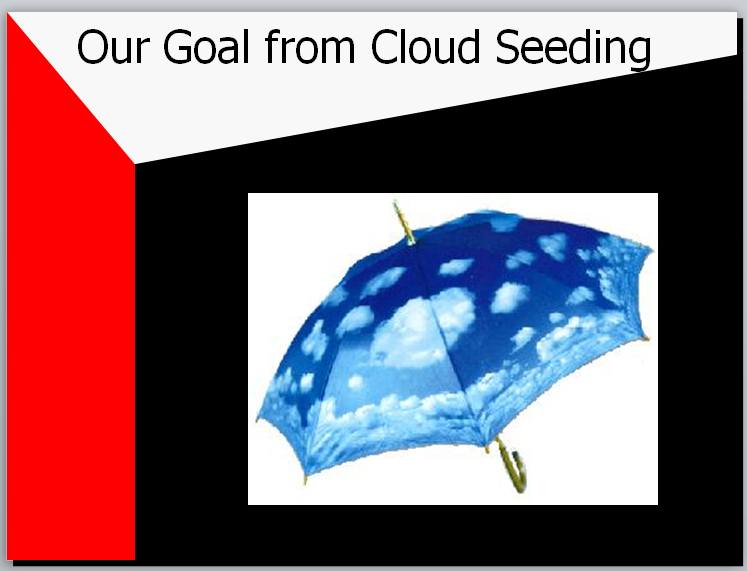
| Weather modification with cloud seeding was discovered by General Electric at the Schenectady New York Laboratory. Initially, on July 14, 1946, they used Dry Ice. Of course, prior to that time, there were other attempts at increasing precipitation |
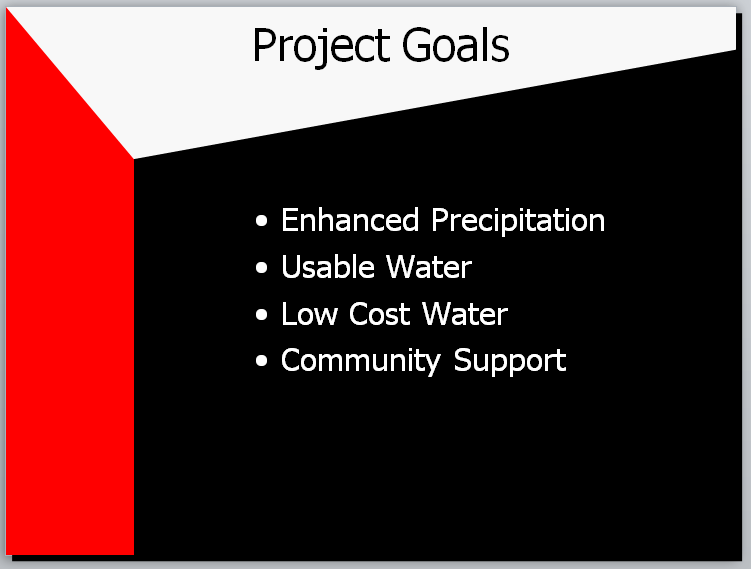
| Cloud seeding can be used for three different purposes: Precipitation enhancement, Hail suppression and fog dispersal. In this article, I am focusing on precipitation enhancement. |
